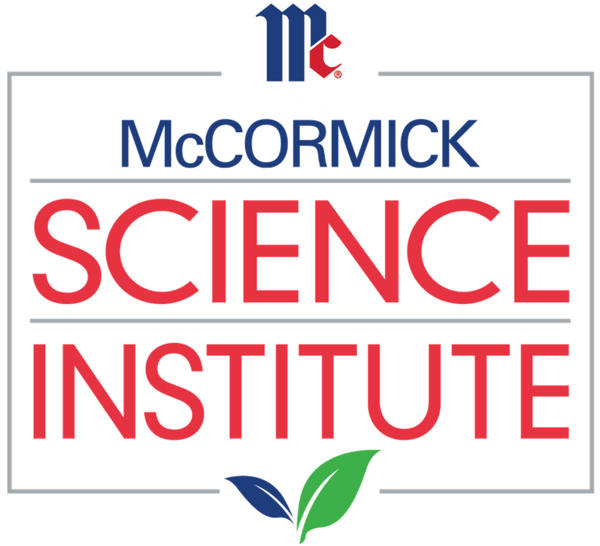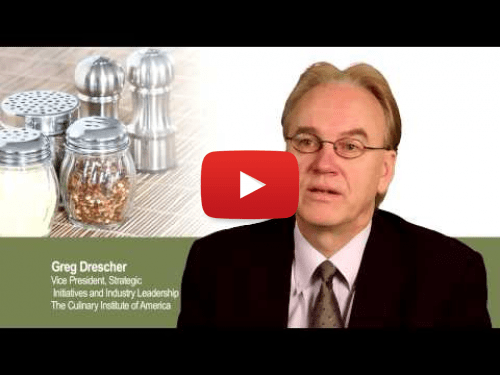The McCormick Science Institute’s Science Summit brought together key stakeholders in academia, government, and the food industry to share information on the health and wellness benefits of spices and herbs and to identify ways this information can be translated to consumers for the purpose of improving their health through the sustained consumption of healthier diets. After the formal presentations, summit participants were divided into action groups assigned to 1 of 3 topics: translating the science directly to consumers, translating the science to consumers through industrial product development, and translating the science to consumers through public policy. Each group addressed the following questions: (1) What needs to get done? (2) How do we make it happen? And (3) what are the key next steps? The following sections summarize the main points generated by the participants.
TRANSLATING THE SCIENCE DIRECTLY TO CONSUMERS
Consumers have trouble translating dietary guidelines into healthy eating patterns—possibly because they struggle to understand basic scientific principles and the science that supports a role for spices and herbs in human health. A first step in helping consumers understand this science is to develop and use actionable messages that are easy to understand. Such messages should be science based and tailored to specific audiences. Consumers can be guided, for example, on how cooking with spices and herbs contributes to a healthy eating pattern in addition to boosting flavor and how small changes in their eating patterns can have long-term positive benefits. The ways to achieve these goals include supporting research to develop science-based messages and using role models, authorities (eg, professional chefs, trusted celebrity communicators), health educators such as registered dietitians and food scientists, and brand-name products to present positive, consistent messages. Messages and programs targeting children and youth in schools and other settings may have long-term effects.
TRANSLATING THE SCIENCE FOR CONSUMERS THROUGH PRODUCT DEVELOPMENT
Many food and foodservice companies are focused on developing healthy foods for their consumers. Bringing a new product to market or to the table depends on quality research. Two important considerations for such research are (1) basic, clinical, and behavioral research studies with adequate statistical power and clear outcomes and (2) data on the functionality of added spices and herbs and their thresholds for health and palatability. A key outcome is developing public-private partnerships that foster collaboration for research into the potential physiological and health effects of spices and herbs. A possible first step in this direction would be to organize a collaborative summit to identify priorities and stakeholders, prioritize science needs and initiatives, and form working groups.
TRANSLATING THE SCIENCE FOR CONSUMERS THROUGH PUBLIC POLICY
Public policy endeavors are needed to build consistent, actionable messages that educate consumers about the health benefits of spices and herbs. The Dietary Guidelines for Americans (DGA), for example, is designed to summarize and synthesize knowledge about nutrients and food components into recommendations for healthy eating. Science-based messages about spices and herbs may be appropriate for the DGA or other government nutrition education materials in the areas of weight management, food and food components to reduce, foods and nutrients to increase, building healthy eating patterns, and making healthy choices. Steps toward achieving this goal include developing a research base of studies regarding the science of spices and herbs and improving diet assessment methods to obtain quantitative data on the consumption of spices and herbs. Other actions include restoring implementation tips to the 2015 DGA as was done in 2005.
CONCLUSIONS
All of the groups concluded that spices and herbs have the potential to improve public health through beneficial physiological effects and/or by making healthier foods more acceptable to consumers without adding meaningful amounts of calories, saturated fat, sodium, or other undesirable components. Many ideas were generated on how the science underlying this opportunity can be strengthened and translated to consumers through research, public/private partnerships, commercial products, and educational/communications initiatives. The summit accomplished its goal of generating excitement about this opportunity and laying the groundwork for multi-stakeholder efforts to build on this foundation for the improvement of public health.















